I was sitting next to Sophie Calle’s wife, Laurie Anderson, and we were watching Calle’s mother die.
It was so intensely intimate that it felt wrong to be there. But it was an artwork we were watching, so I supposed that looking was the point. Besides, we couldn’t see much. In the video, you watch her mother die—but you cannot see the death.
Calle hadn’t meant for the footage to be art, not at first. She had simply left a camera by her mother’s bedside during her final days, knowing she had three months to live. Calle was with her mother as often as she could be, but, occasionally, there were errands to run, and she feared that only when she stepped out would her mother take her final breath. With the camera, the two could always be connected, even when they were apart.
The video, Impossible to Catch Death (2007), is on view in Calle’s retrospective “Overshare” at the Walker Art Center in Minneapolis through January 26. It shows a peaceful passing, a moving image that hardly moves. Calle’s mother is still, then she is still some more.
In a talk at the opening, the French artist expressed jocular surprise at the content warnings this American institution attached to certain works, having a laugh at disclaimers noting the presence of sex and violence. These, to be fair, are often Calle’s subjects, though she depicts them obliquely. Her photographs, paired with text, are notoriously dry, clinical, and matter-of-fact, but they drip with pathos nevertheless. During the opening, getting into the spirit of disclaimers, she scribbled onto the wall: “Please do not make any photograph of the death of my mother. —S.C.”
This is a rare request for privacy from an artist who is notoriously invasive and confessional. A section titled “The Spy” opens the show with Calle’s voyeuristic early works. For her first project The Sleepers (1979) she asked friends and strangers to sleep in her bed while she watched, taking pictures every hour. The results are arranged in a grid of framed photos and just-the-facts recollections, as are the results of Suite Venetienne (1980), for which she followed a man to Venice and, over the course of a couple weeks, photographed him from afar.
Like the film of her dying mother, these early experiments hadn’t necessarily been conceived as artworks. In fact, Calle never studied art, but rather sociology. She was simply using her camera to understand the behavior of others. One of her “sleepers,” it is rumored, was a gallerist who decided to show Calle’s work as “art”—and she has been an artist ever since, even while she has continued striving for, while also parodying, the cool detachment of a social scientist.
“Overshare”—which is not to be missed even by Calle-heads (guilty) who think they might know her work already through her numerous photo books—shows Calle evolving from a sociologist-photographer into an artist, thinking increasingly about display and training the camera onto herself. It was her infamous The Address Book (1983) that sparked the turn inward—omitted in the exhibition in part because, as the catalog reveals, Calle worries she went “too far” when she found an address book on the street and phoned everyone in it, asking them about the man who lost it and then constructing a portrait of him that she published in a French newspaper. From then on, Calle decided to expose not only nonconsenting strangers but also willing participants, as well as herself.
The next section, called “The Protagonist,” begins with “Spy”-style works in reverse. For The Shadow (1981), Calle’s mother hired a private investigator to follow the artist around. Calle shows the resulting stalker snapshots, plus his-and-hers descriptions of the day’s mundane details. From here on, she began enlisting various men in her games. One stranger wrote to ask her if he might recover from his breakup in her bed, envying participants in The Sleepers. And so, Calle mailed him her mattress, displaying pictures of the shippers alongside the bundled bed, which he had kindly returned after getting himself together.
In No Sex Last Night (1996), a feature-length film and a standout of the show, we watch Calle and the filmmaker Greg Strand on a road trip. The two lovers each brought a video camera to record their trip—and their relationship—from their own perspectives. Each night, they’d confess their feelings to the camera, alone. Sometimes, they both worry about the exact same things, but are too nervous to bring them up. The format foreshadows reality TV—a genre then its infancy.
This experiment was double blind: they did not reveal the footage to one another until editing it together. In one scene, they argue with cameras covering their faces, cutting back and forth. Calle vulnerably yet calmly relays her suspicion that he had snuck to a pay phone in order to call another woman. He confirms and, in a voiceover confession, reminds himself to “respond rather than react” to her. The two are wrecked with anxiety that the other will leave, or that they will mess everything up. This in the end is exactly what they do—though they are blissful, briefly, after a drive-through Las Vegas marriage helps them both feel secure. No Sex Last Night is a piece about how the stories we tell ourselves often form “reality” as much as they are formed by it—the crux of Calle’s work.

After romance and divorce comes death, with the penultimate section “The End” focusing on the loss of Calle’s mother and father, as well as her own impending morbidity. In Who r u (2017), an iPhone screenshot shows a text asking “who r u.” Calle had accidentally dialed her late father’s phone number, and a stranger had replied.
After “The End” comes “The Beginning.” On the Hunt (2023) is a room-sized installation of classified ads published in everything from hunting magazines to dating apps between 1890 and 2019 and compiled by Calle, who arranged texts chronologically and into grids. Reading them is an emotional roller coaster: anonymized people bluntly express their basic human desires for financial survival, sex, emotional connection, or some combination thereof. The texts are paired with pictures of watchtowers and deer, having debuted at Paris’s Musée de la Chasse et de la Nature (Museum of Hunting and Nature)—a fitting venue for Calle, who has always loved the thrill of the chase.
Near the end of the show, two locked safes, belonging to collector-couple Carla Emil and Rich Silverstein, each contain a secret that one spouse has kept from the other. They signed a contract when acquiring the work, entrusting only Calle with the combinations. It’s an acknowledgement that the chase—thrillingly and terrifyingly—is never over. As Calle’s lover postulates in their road trip documentary: “It’s good to have destinations, until you get there. Then what?”

The post ““It’s Not Real But It Happened”: A Sophie Calle Survey Confronts the Stories We Tell Ourselves” by Emily Watlington was published on 11/01/2024 by www.artnews.com







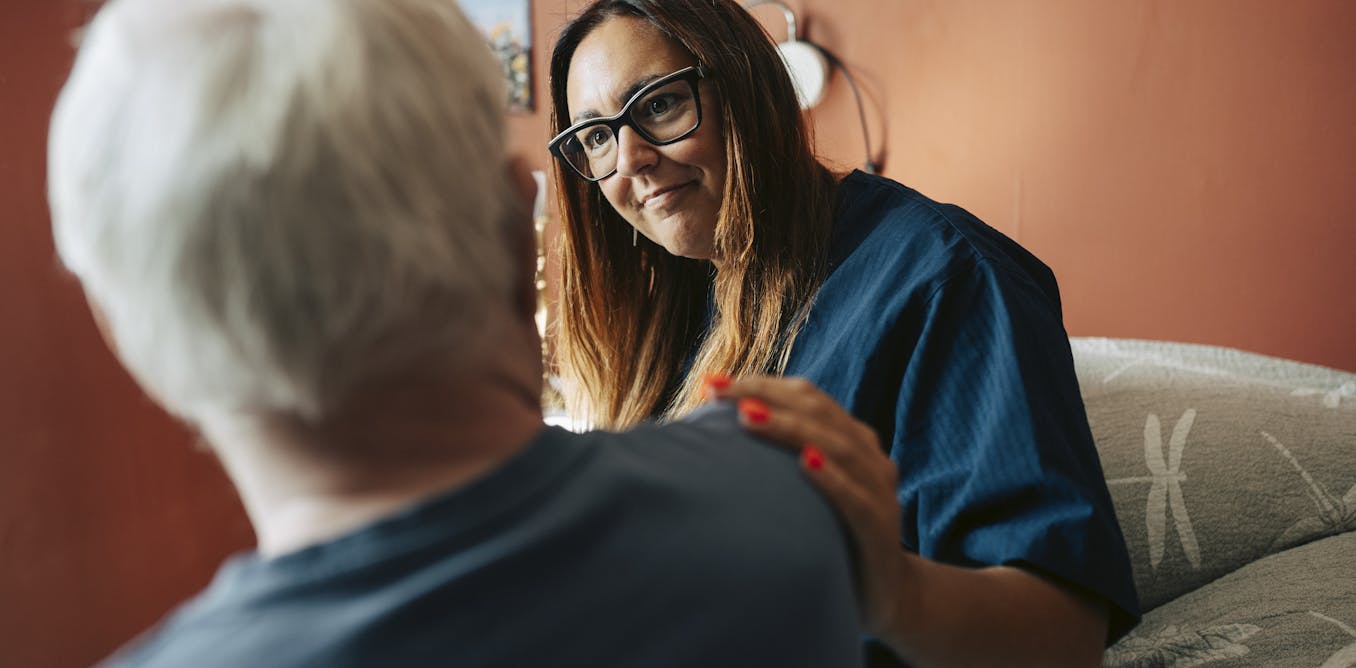
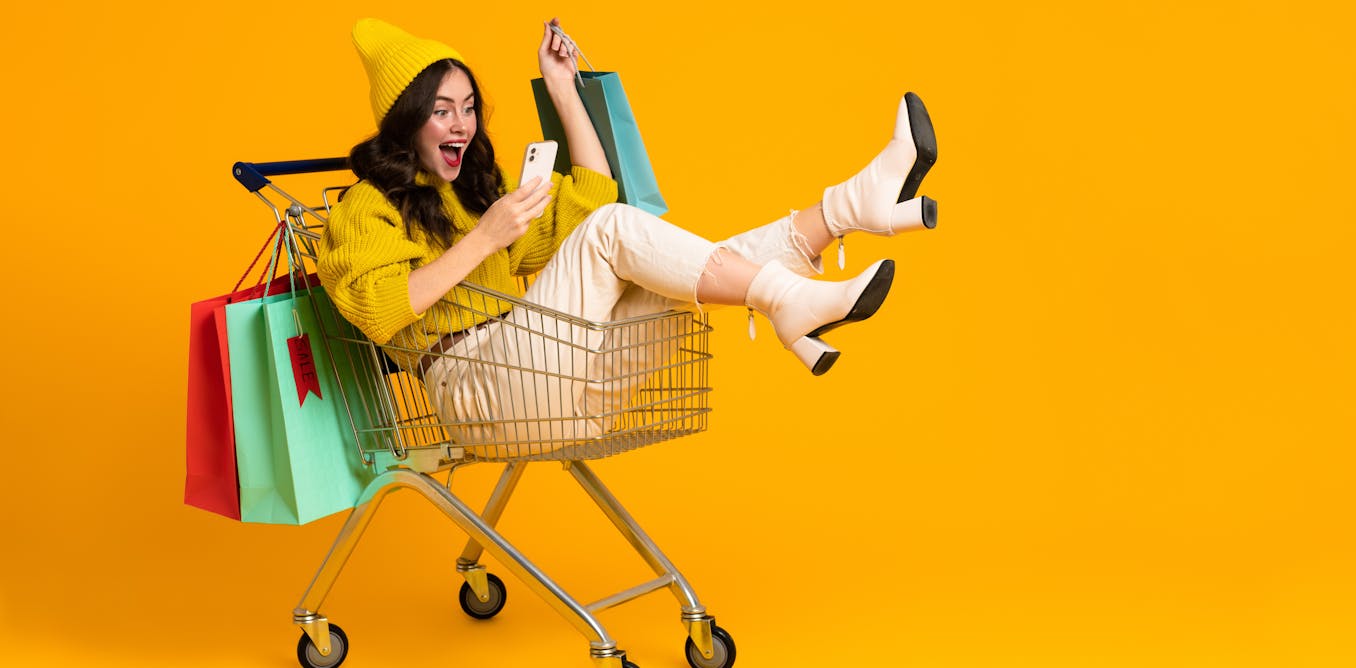
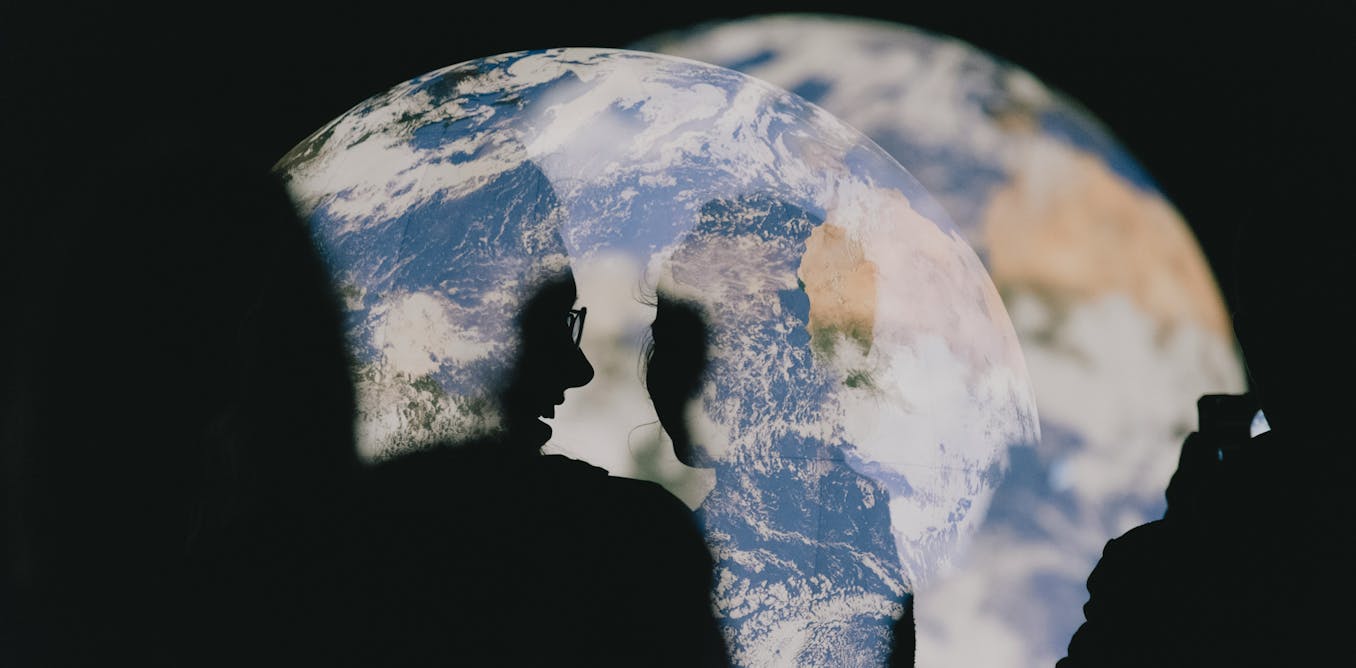

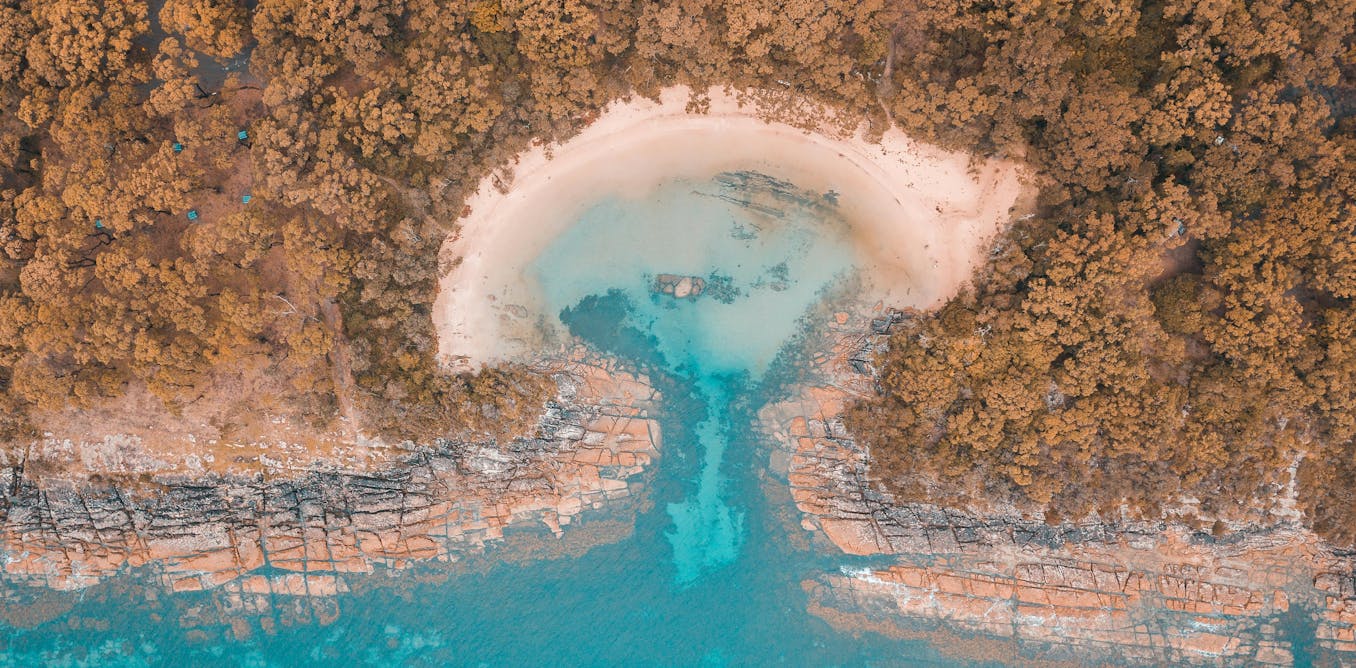
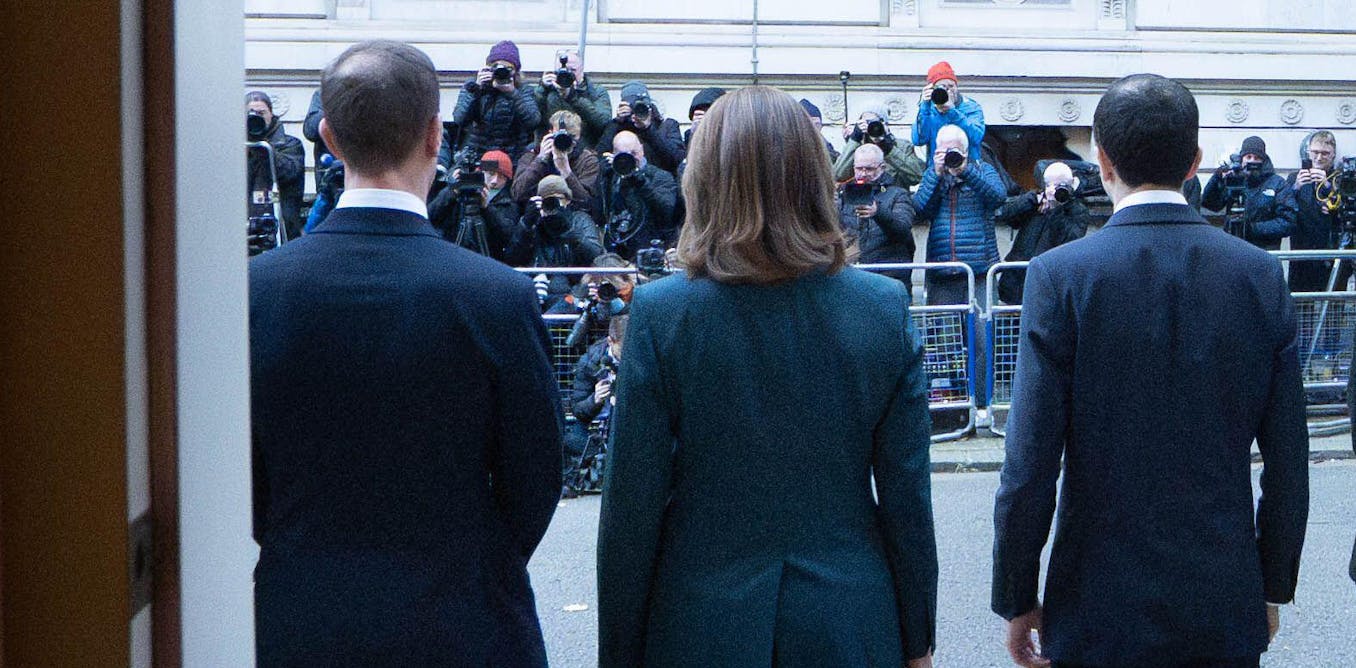
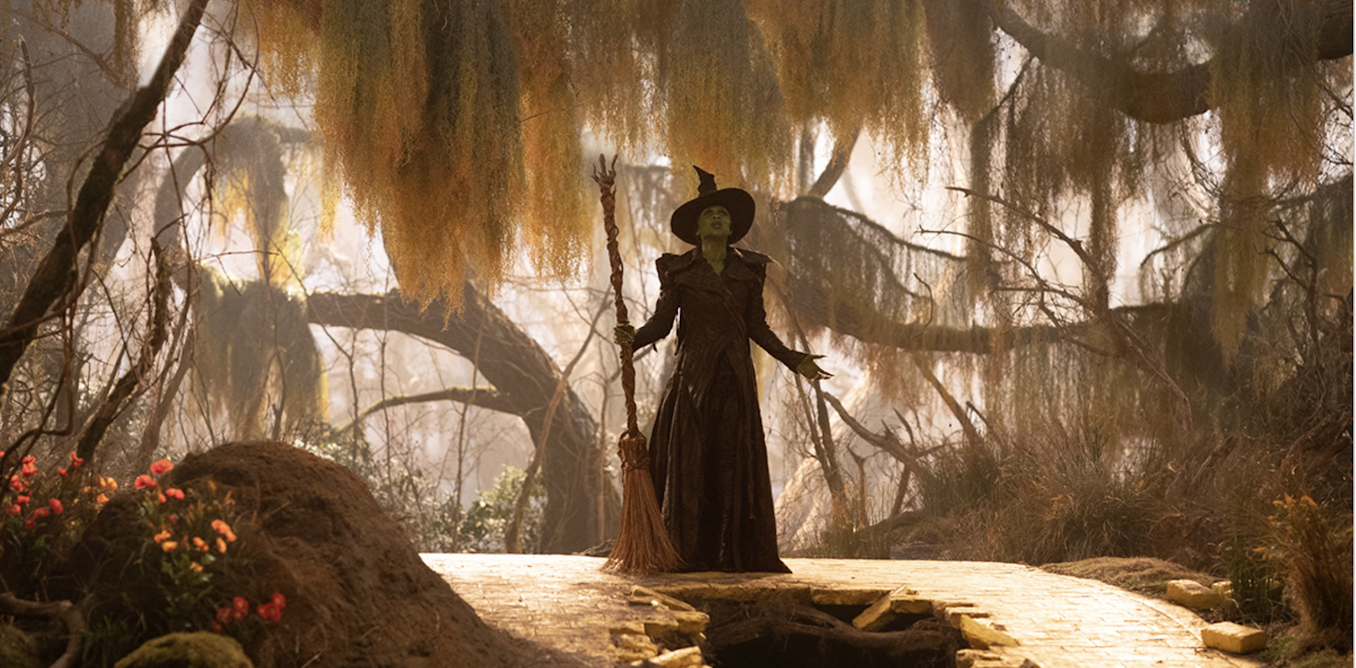























Leave a Reply